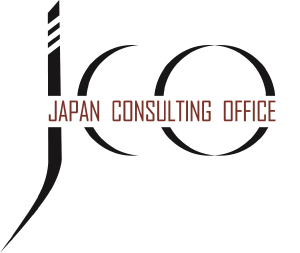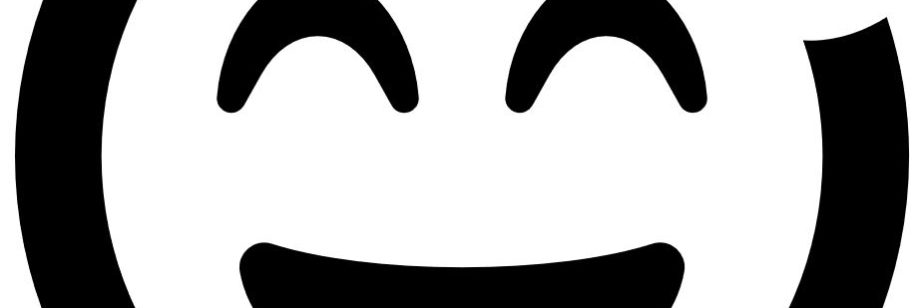Let´s start with a short question on the use of emoji. Like many things that surround us, emoji originated in Japan and can be translated as 絵, e = “picture” plus 文字, moji = “letter”.
They were developed for mobile messaging at the end of the 1990ies. (here is a comparison of how they looked then and now)
Emoji not only enable us to express emotions and many other things in a very impactful way but, these days, are part and parcel of modern business communication and even marketing&PR efforts…😊!
Here is a question for you:
How would you use or interpret the following emoji?
😅
Its official name is “Grinning Face With Sweat”. (U+1F605)
In the West, it is mostly used as “whew, that was a close call” or even “doing some exercise”. As you may have expected it does have a rather different meaning when sent in Japan.
To help understand the difference, let us first listen to an example of Japanese behavior that is often brought up in our workshops:
„Recently, we had a rather tricky discussion about lead time while visiting a local customer. The Japanese colleague who also joined started smiling half-way through the meeting and only intensified his grin as the situation grew ever more tense. I found this to be a bit out of place as neither I nor the customer really felt the issue to be a laughing matter at this point…“
In the media, there is often reference to the Japanese tendency of smiling when one is embarrassed, confused, sad or even angry. So where does this way of behavior that most in the West would find unusual or even strange originally come from?
Almost everyone is familiar with the concept of the cultural iceberg. According to this model, behavior, language and body language are above the water line and therefore easily accessible to our senses. On the other hand, the reasons why people act the way they do are located deeper down below. These values and assumptions may be rooted in history, religion and philosophy. They are usually hidden from view but do make up the bigger part of the cultural iceberg.
One of these invisible attributes may help us understand the proverbial “Japanese smile”. As in many other East Asian cultures, Confucius and his teachings are still reverberating through the ages. Confucius, a Chinese scholar that lived around 600 BC, set countless rules on how to behave in various social settings in order to create a harmonious and stable society.
A lot of his teachings on harmony are connected to the idea of “politeness in society” which among other things should manifest itself in the facial expression of a smile. Looking at this value system we can see that smiling does not necessarily only signify happiness or glee. Far from it simply being an honest expression of one’s state of mind, it must be seen more like a duty in emotionally demanding situations.
· A smile is used to signal that you are doing your utmost to maintain the harmony, regardless of the circumstances, so as to avoid any escalation. It is used to show that you are still in control of your emotions no matter what.
· If we look at it as a strict rule as demanded by politeness, it is a lot easier to understand this facial expression. It is often used in Japan when talking about the death of a relative or even when looking at something horrific or shocking on a TV screen.
· Once again, it is all about not inconveniencing others through strong emotions like embarrassment, pain or sadness. Everyone present will be able to imagine how you must feel anyway!
Let us circle back to our emoji: 😅. In a Japanese context it does not often mean relief but rather a high level of stress and/or even anger in the sense of “grinning through clenched teeth”.
So to summarize, using Emoji as a universal language across all cultural barriers may yet be a long way off!
Find out more in our public workshops on how to communicate without distortion in Japan!







